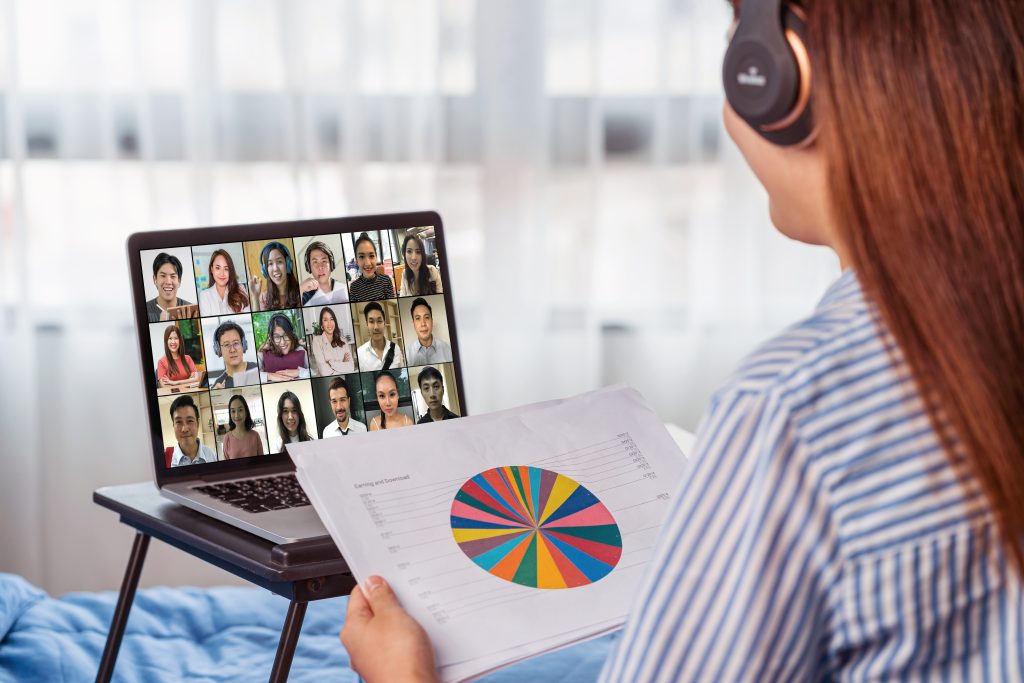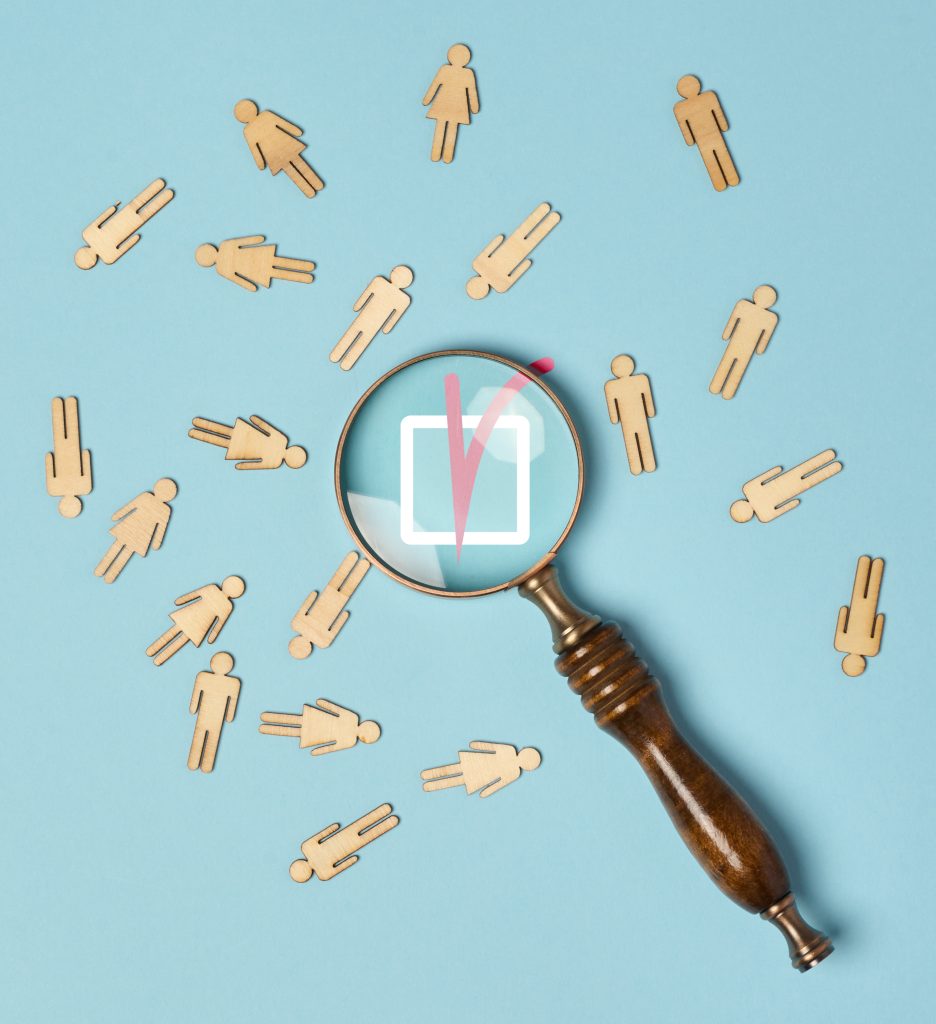The Surprising Shift: AI Is Making Hiring More Human, Not Less
For years, HR teams have worried that technology — and more recently, AI — would dehumanize recruiting. Would automation turn candidates into numbers? Would algorithms replace the personal connections that make great hires possible?
Ironically, the opposite is happening.
Today, AI is reshaping hiring in a way that’s helping companies rediscover what makes recruitment personal, fair, and meaningful. By taking over repetitive, mechanical tasks, AI is freeing up recruiters to focus on what they do best: building relationships, understanding people, and shaping culture.
For experienced HR leaders, the question is no longer “Will AI replace us?” but “How can we use AI to elevate the human side of hiring?”
Where AI Is Quietly Transforming Recruitment
AI in hiring isn’t just about flashy chatbots or fancy video interviews. Much of its real impact is happening quietly, behind the scenes — in the workflows that used to bog recruiters down.
Here’s where AI is making a meaningful difference:
- Screening at scale, with less bias – AI tools can analyze resumes or applications quickly, surfacing candidates who meet core requirements without falling prey to human shortcuts or unconscious bias.
- Scheduling and coordination – AI assistants now handle interview bookings, reminders, and logistics, reducing email back-and-forth and making the process smoother for everyone.
- Enhanced candidate matching – By analyzing patterns in skills, experience, and career pathways, AI can help suggest candidates who might otherwise be overlooked, even from nontraditional backgrounds.
- Insights, not just data – AI tools are now surfacing insights from hiring data: Where are we losing great candidates? Which job descriptions turn people off? Where are we seeing patterns of bias or delay?
These innovations don’t replace the human recruiter; they amplify human judgment and create more space for meaningful connections.
Why This Matters for HR and Hiring Leaders
For HR leaders, especially in competitive industries, this shift is a strategic opportunity.
- It lets recruiters focus on the human moments
- When AI handles resume sorting or interview scheduling, recruiters can spend their time doing what matters most:
- Listening deeply to candidates
- Understanding motivations and aspirations
- Coaching hiring managers on fit, potential, and growth
- It helps make hiring fairer and more inclusive
- Done well, AI can reduce some of the bias traps that humans fall into — like favoring certain schools, companies, or backgrounds. It also opens the door to skills-based hiring, focusing on capability over pedigree.
- It improves the candidate experience
- Faster responses, clearer communication, and more respectful interactions — these are things candidates remember, and AI can help make them consistent.
Common Pitfalls to Avoid
Of course, AI is not a silver bullet. HR leaders need to be thoughtful about how they introduce and manage these tools. Some key watchouts:
- Over-reliance on automation – AI can filter and recommend, but it can’t assess culture fit, motivation, or potential on its own. Human judgment remains critical.
- Transparency and trust – Candidates deserve to know when AI is being used and how it’s shaping decisions. Lack of transparency can erode trust and damage employer brand.
- Fairness and oversight – AI systems are only as good as the data they’re trained on. HR leaders need to work closely with vendors to monitor for bias, audit outcomes, and ensure ethical use.
What This Looks Like in Practice
Let’s take an example from a tech company that adopted AI for early-stage screening. Before, recruiters spent hours manually reviewing hundreds of applications for each role. With AI helping to surface qualified candidates, recruiters now spend that time:
- Hosting informal “get to know you” calls
- Coaching candidates through the process
- Advising hiring managers on team fit and long-term potential
- Giving personalized feedback to unsuccessful applicants
The result? Candidates report feeling more seen and respected, and the company has improved both hiring speed and diversity outcomes.
The Bigger Picture: A More Human-Centered Workforce
AI’s promise isn’t just efficiency — it’s transformation.
By making hiring more personal, fair, and human-centered, HR leaders have an opportunity to set the tone for the entire employee experience. When candidates experience care and respect from the first interaction, they’re more likely to carry those expectations into how they work, lead, and shape culture once they’re hired.
It’s also a moment for HR to lead with boldness. Rather than fearing disruption, HR teams can become champions of ethical, human-centered innovation, showing how technology can advance both business goals and human dignity.
Final Thoughts: Putting People Back at the Center
In a hiring landscape shaped by complexity, speed, and competition, the most successful companies will be those that stay anchored in one timeless truth: hiring is about people.
AI, when applied thoughtfully, doesn’t get in the way of that — it clears the path for it. By giving recruiters more time, better tools, and sharper insights, AI can help bring hiring back to its human-centered roots.
For HR leaders, this isn’t just a tech upgrade — it’s a cultural opportunity. One that invites you to reshape hiring as a place where fairness, connection, and purpose thrive.
















